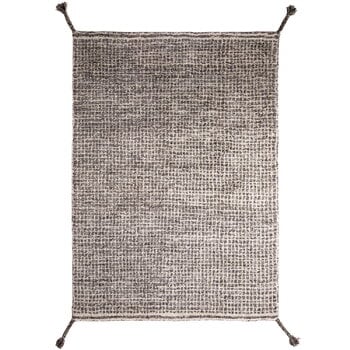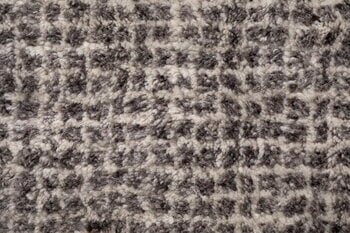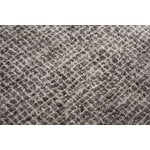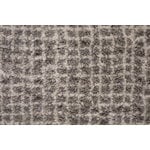The Grid rug by Woodnotes is an ode to craftsmanship and natural materials. The hand knotted rug is made of 90 % wool and 10 % cotton, and has not been treated chemically (except the black version). Therefore, the shade of the rug is earthy and authentic, and may also naturally vary from rug to rug, making each rug a unique piece.
The Grid rug has an asymmetrical pattern and braided wool fringes on each corner. The soft Grid rug is perfect for the living room or lounge area and is available in several different colours and sizes.













